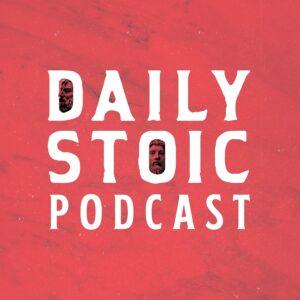
In this episode of “The Rich Roll Podcast,” ultra runner Tim Tollefson opens up about his two-decade battle with body dysmorphia and disordered eating. Tim’s decision to share his journey to healing sheds light on the prevalence of these issues in men and breaks the stigma surrounding seeking help.
Tim Tollefson’s journey highlights the prevalence of body dysmorphia and disordered eating in men. Despite the stigma surrounding these issues, Tim’s decision to share his story is a powerful step towards breaking the silence and encouraging others to seek help.
Therapy plays a crucial role in managing emotions and exposing personal struggles to the light. Shame, a powerful emotion, often leads to isolation and withdrawal. Learning to identify and process emotions is essential in preventing harm to oneself and others.
Compulsive behaviors, such as OCD and people-pleasing, often stem from a sense of feeling different and insecure. Body dysmorphia, a type of obsessive-compulsive related disorder, directly affects one’s perception of their own body. These issues are often associated with shame and hiding, leading to insecurity and guilt.
The running community, especially among women and girls, faces significant struggles with food and body image. Even accomplished runners can battle feelings of unworthiness and not being thin enough. The pressure to conform to certain body standards can overshadow the joy of achieving running goals.
Recovery from compulsive disorders and addictions involves learning to sit with anxiety instead of trying to remove it. Engaging in compulsions can become invasive and debilitating, making it difficult to trust oneself. Cultivating community and sharing one’s passions are essential for recovery and self-acceptance.
Tim Tollefson’s story sheds light on the unspoken world of male body dysmorphia and disordered eating. By sharing his journey to healing, Tim encourages others to seek help and break the stigma surrounding these issues. Recovery and self-acceptance are ongoing processes, but with support and understanding, individuals can find healing and reclaim their lives.